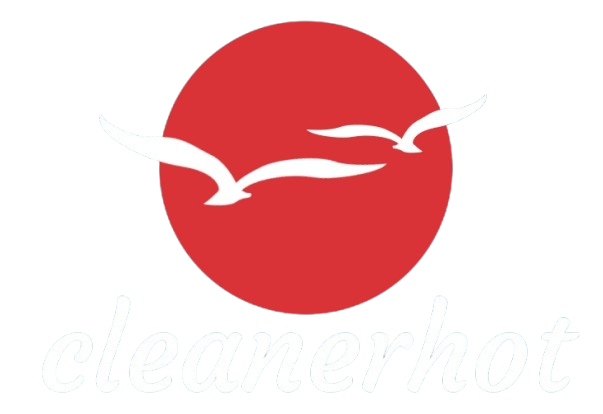The ground beneath our feet holds more than just the foundations of our homes; it carries centuries of history, culture, and often, pain. Across the United States, the land many of us call home was originally inhabited and cared for by Native American tribes—communities whose connection to these territories runs deep, spanning generations. Yet, this land was forcefully taken through colonization, displacement, and oppression.
Owning a home on these ancestral lands means, in many cases, benefiting from histories that have marginalized Indigenous Peoples. Recognizing this truth calls for more than acknowledgment—it demands meaningful action. The Native Land Reparation Pledge Project offers a conscious way to address this painful legacy and move toward justice.
What is the Native Land Reparation Pledge?
At its core, the pledge is a personal, heartfelt commitment. It is not a legal contract but a vow of conscience—one homeowners make to give back to the Native community whose land they now occupy. The pledge asks that when the homeowner eventually sells their property, they will contribute 1% of the sale price to support the Indigenous community connected to that land.
In cases where no Indigenous presence remains tied to the land, contributors may choose to donate to Native-led organizations that uplift and sustain tribal communities. This flexible yet meaningful promise turns individual acts into a collective force for positive change.
The Power of Collective Action
Individually, 1% of a home sale may seem modest. However, when multiplied across thousands of homes, this pledge represents billions of dollars flowing into Indigenous communities. These funds are vital, enabling improvements in education, healthcare, cultural preservation, infrastructure, social services, and community programs.
But the pledge is more than financial—it is a step toward healing fractured relationships between settlers and Native peoples. It acknowledges that no amount of money can fully repay the profound loss endured by tribes, yet this act of reparation is a gesture of respect, humility, and responsibility.
A Sacred Commitment to Stewardship
The pledge includes a powerful recognition that the land—its air, water, plants, and animals—is a natural relative to Indigenous tribes, deserving of care and reverence. Homeowners who take the pledge commit not only to financial support but also to ecological integrity and respect for the environment as stewards, honoring the land as a gift from Mother Earth.
This ethic encourages ongoing mindfulness about how we inhabit and treat the earth beneath us, reinforcing a spiritual connection that many Indigenous traditions emphasize.
Making the Pledge and Its Broader Implications
The Native Land Reparation Pledge reads:
“Be it known that [name], residing at [address], respectfully pledge to donate 1% of the sale price of our home to the [tribe or native organization], within whose ancestral land this property is located. I realize that the land, including the air, water, and biological life, is a natural relative to the tribe, and no amount of money can repay them for it having been wrongfully taken from them centuries ago.”
The pledge invites reflection on history and ownership, encouraging us to confront uncomfortable truths about how land was acquired and what reparative justice might look like today. It also offers the option to pledge retroactively for homes previously sold, extending the commitment beyond current ownership.
Why This Matters
The United States has a long and difficult history with Indigenous peoples—a history often marked by broken treaties, forced removals, and cultural erasure. These actions have lasting consequences that ripple through generations. To live on these lands without acknowledgment and accountability perpetuates that legacy.
The Native Land Reparation Pledge Project encourages a tangible, respectful response to this history. It calls on individuals to participate in a movement that centers Indigenous voices, honors tribal sovereignty, and fosters reconciliation.
A Step Toward Justice and Reconciliation
Taking the pledge is an act of solidarity. It says: I see you. I recognize the injustice. I commit to doing my part to support your community. Such commitments, multiplied across many households, have the power to contribute toward economic equity and cultural revitalization.
In this spirit, the pledge is more than a financial transaction; it’s a step on the path of healing, a way to nurture relationships between Native communities and those who now reside on their ancestral lands.
How to Join the Movement
If you own property or a home on Native land, consider taking the Native Land Reparation Pledge. Visit www.nativelandreparation.org to learn more and sign the pledge online. Let your conscience be your guide, and join a growing movement dedicated to justice, respect, and restoration.
Lewis Randa, founder of The Peace Abbey Foundation and initiator of this project, invites all to embrace this act of responsibility—not just as a symbolic gesture but as a meaningful contribution toward honoring Indigenous heritage and advancing healing.
In recognizing the truth beneath our homes, we can cultivate a deeper connection to the land, to history, and to one another. The Native Land Reparation Pledge offers a profound way to honor the past while helping build a more just and respectful future.



